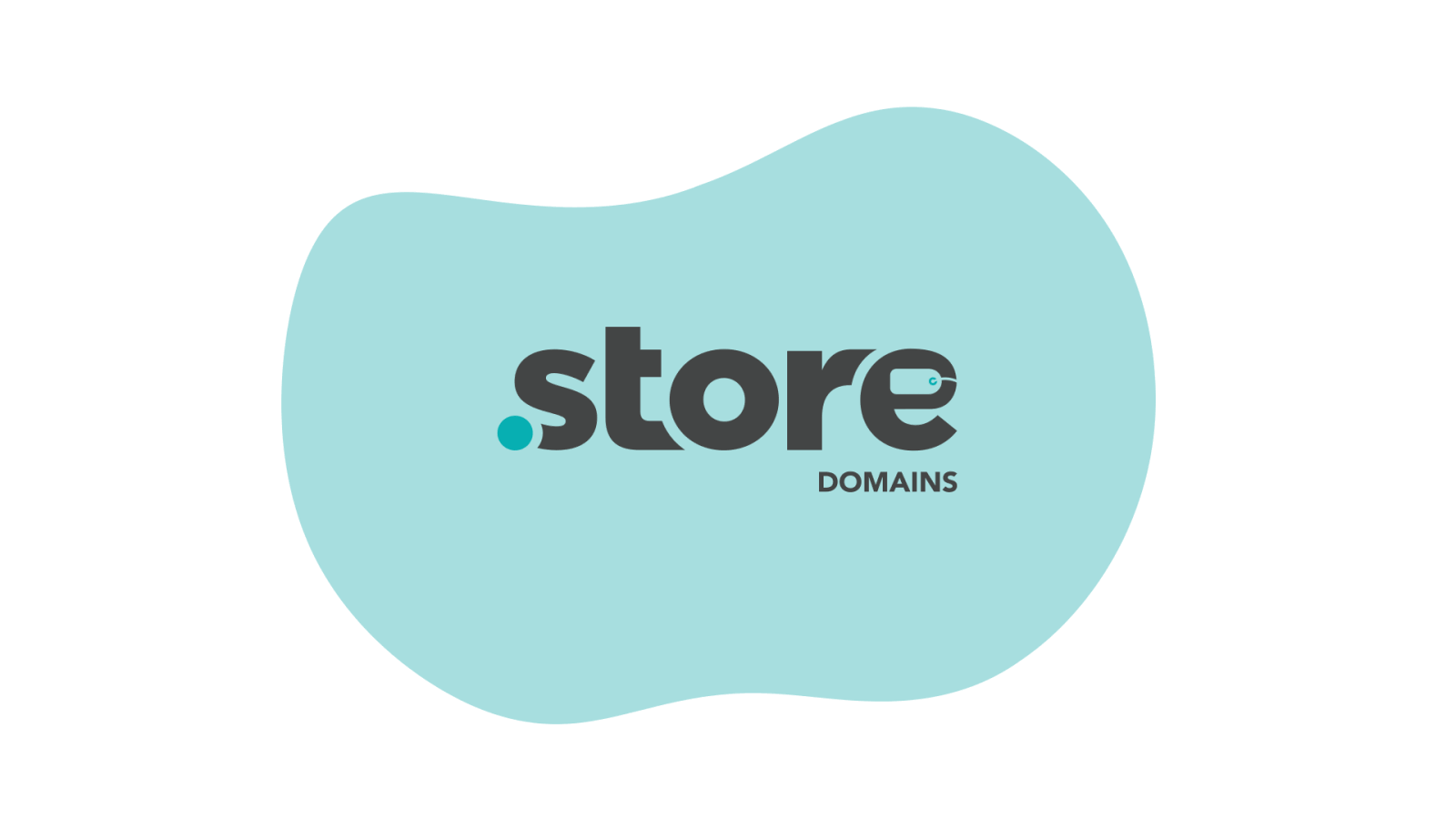To succeed in today’s competitive eCommerce space, merely having a customer service unit won’t suffice. You need to measure and track customer experience metrics in order to offer superior customer service.

Your customer’s opinion about your brand impacts its bottom line and can set your brand apart from its competitors. After all, your customers’ word of mouth is the best form of eCommerce marketing.
Studies have proven that almost 50% of customers would be happy to pay a higher price for a product if they receive a premium quality of customer service.
Customer service spreads across almost all functions of your business starting from your product to marketing and sales processes. Which makes monitoring customer experience metrics that much more critical.
This article highlights 5 customer experience metrics that are key performance indicators (KPIs) that help you monitor, measure, and improve customer experience levels for your eCommerce business.
5 eCommerce Customer Experience Metrics You Should Track
1. First Response Time
First response time measures how long a customer has to wait before they are helped.
Essentially, it calculates the time it takes for a member of your customer service team to first respond to an inquiry or ticket.
Providing exceptional customer service is more about the quality of the response than the speed of the response.
The core principle must be to provide a positive and enjoyable experience within 24 hours
What does this metric tell you?
The first response time shows the efficiency of your customer service team. It illustrates how fast and helpful your service reps are when addressing a query.
What to seek when measuring this metric?
Look for valuable responses shared in minimum wait time to keep the customer experience positive.
How to improve this metric?
- Ensure that your customer service team is always ahead of the tickets and queries being raised.
- Encourage your customer service team to address tickets from the new customer first so that the customer is heard instantly.
- Ensure your team is well-equipped to handle the flow of tickets
2. Average Ticket Count
This customer experience metric measures the average number of queries your customer service team received in a given period—could be weekly, monthly, quarterly, or yearly. Setting that process depends on the organization.
What does this metric tell you?
There are two aspects to this:
- More customer tickets imply that your system is accessible and working. It also implies that more and more people are engaging with your business.
- However, a surge of customer tickets can also hint that your product isn’t doing well given the frequent complaints.
What to seek when measuring this metric?
Look for fewer tickets which indicate happy customers.
How to improve this metric?
- Communicate all the customer feedback/complaints received to your product and marketing team.
- Ensure you have enough customer service representatives to handle the ticket volume at any given time.
3. First-Contact Resolution Rate (FCR)
This customer experience metric measures the rate of queries resolved by your team’s first response to the ticket.
First-Contact Resolution Rate indicates the amount of information you collect from your customers when they first reach out and how efficiently that query is handled.
FCR can be directly correlated with improved customer experience. Normally, a 1% increase in FCR indicates a 1% increase in customer experience.
However, not every ticket you receive will be eligible for FCR. Some queries might require your customer service reps to reach out to the IT or Product team. Or, it could be a mistake from the customer’s end.
Therefore, a good way to calculate this metric is to use the following formula:
FCR Tickets/Total FCR-Eligible Tickets X 100 = FCR Rate (%)
What does this metric tell you?
This metric indicates the overall efficiency of your customer service team. It shows how well-versed they are with the product and how equipped they are to tackle queries when the customer first contacts them.
What to seek when measuring this metric?
A high FCR rate is what you should be chasing as that indicates that your customer service team is performing at its best and your customers are satisfied with the responses.
How to improve this metric?
- Include all the necessary fields in your contact form to ensure you get all the necessary details in the first communication.
- Make sure you communicate either the solution or definitive next steps to set the expectations right.
4. Number of Interactions Per Ticket
This metric calculates the total number of times your customer service team interacts with the customer while their ticket is open. It indicates the back-and-forth your team has to do with the customer to resolve an issue.
What does this metric tell you?
The metric tells the quality and efficiency of response from your customer service team.
What to seek when measuring this metric?
A good customer service team will aim for fewer interactions per ticket. That means that you’re collecting all the right information and giving a coherent response to solve each problem swiftly.
How to improve this metric?
- Train your customer service team to ask better, more thoughtful questions.
- Encourage your customer team to get an exhausting understanding of the customer complaint so that the query can be resolved effectively.
5. Favored Communication Channel
This isn’t as much of a customer experience metric as it is an observation on how your customers prefer to contact you.
Is it through live chat, social media, email, or phone call? Keep track of the channel from where the maximum queries are coming.
What does this metric tell you?
It tells you the channels your customer prefers to contact you and where you should be spending most of your energy.
What to seek when measuring this metric?
Here, you’re not necessarily looking for one hero channel but taking note of the pattern and areas your customers are choosing to interact with you. This can help you better train your customer service team.
How to improve this metric?
- Be wary of the channels your customers prefer
- Ensure your customer service team is actively engaged on those platforms
6. Net Promoter Score (NPS)
Net Promoter Score or NPS refers to the percentage of your customers who are likely to recommend your business to their family, friends, or colleagues. It is simply measured by a customer survey with a question like,
“On a scale of 0 to 10, how likely are you to recommend XYZ to your friends?”
Higher the NPS score, the higher the satisfaction level of your customers with your brand.
On the other hand, a low NPS score would mean that your customers aren’t happy and you’d need to implement ways that could improve your score.
People usually rely more on personal reviews than advertisements. To grow your business you would need a high NPS score so that your customers are satisfied and are even recommending your brand to others.
7. Customer Effort Score (CES)
Customer Effort Score or CES refers to the amount of effort your customers had to put in for completing a task.
Alternatively, it can be looked at as how smooth and fast an experience you are providing to your customers.
It can be measured by simply asking the customers through a survey, “how much effort did you have to put in to resolve the issue on a scale of 1 to 5?”
Or you can also ask them if they agree with the fact that you helped them in finding the perfect product or not.
If you find that your customers are not having a great shopping experience, and would be reluctant to shop with you the next time.
Keep your process smooth, ask them to fill in as minimal details as you can, and help them finish their task in the least number of clicks.
8. Conversion Rate
Even though this metric is considered to be a business goal metric, it also serves as a customer experience metric.
It is the ratio of the people who made their purchase from you to the number of people that visited your website.
The average conversion rate across industries globally is less than 3%. Businesses are trying really hard to push this number.
The reason why this is a customer experience metric is that if your visitor is not happy with your site or shopping experience, they won’t buy from you.
How much the visitors convert will determine their experience and hence the conversion rate.
9. Repeat Customer Rate (RCR)
The ratio of the customers who have purchased more than once from you to the total number of your customers the Repeat Customer Rate or RCR.
The metric indicates customer loyalty and their trust in your brand.
You might be putting in a lot of effort in driving traffic and acquiring new customers, but if your old customers are not buying from you again, your business is not going to grow.
Offer discounts, coupons, free shipping, and so on, to your existing customers to make them feel special and show them that you value them.
Repeat business is the key to growth for any business, and you need to make sure you are providing your customers an experience that makes them want to come back.
10. Customer Lifetime Value (CLV)
In simple words, Customer Lifetime Value or CLV is the total revenue that you’d earn from a customer.
Now if a customer is having a good experience with your business, they will keep purchasing from you and keep adding to the revenue you earn from them.
On the contrary, when customers are unhappy, they’d just leave your business after one purchase or a couple of more purchases.
A high CLV would indicate a consistent and positive customer experience that leads to customer loyalty and vice versa.
11. Customer Satisfaction (CSAT)
As the name suggests, CSAT tells you how much your customers are satisfied with your service. You can get to know it through a survey that you ask your customers to fill for you.
You can send this survey after a purchase is completed or a support interaction is done.
They can rate their satisfaction level from 0 to 5, or in terms, like they’re “not satisfied”, “fairly satisfied”, or “very satisfied”.
The answer would depend on the experience the customer had on your site. If they had to fill in too much unnecessary information or if they had to face a long wait time before speaking to your customer executive, they wouldn’t be so happy.
A great way to boost your CSAT score is by offering live chat assistance on the eCommerce store.
12. Churn Rate
Churn Rate calculates the percentage of customers who did not make a repeat purchase and is like the opposite of RCR.
It’s calculated by dividing the number of lost customers by the number of active customers for a given period.
There could be a couple of reasons for a customer to not make repeat purchases with you, and customer experience is one of them.
If the customer is not happy or satisfied, they will definitely leave your store and not come back again.
13. Average Handling Time
Average Handling Time is the average amount of time taken by your company to resolve customer queries from start to end.
This could include the time spent interacting with the customers in any way, be it on calls, chat, emails, etc., and even the time between the interactions.
If your average handling time is less, the customers would end up happy and satisfied, and come back to you again.
Final Thoughts
Customer service and support are multifaceted, and the teams deal with countless requests and queries of all nature.
The information and data you from this team can help you better your product offering and your marketing campaigns.
With the customer experience metrics mentioned above, you can not only improve the customer experience levels of your eCommerce business but also gain a deeper understanding of what steps need to be taken in order to improve your products and improve as a business.







